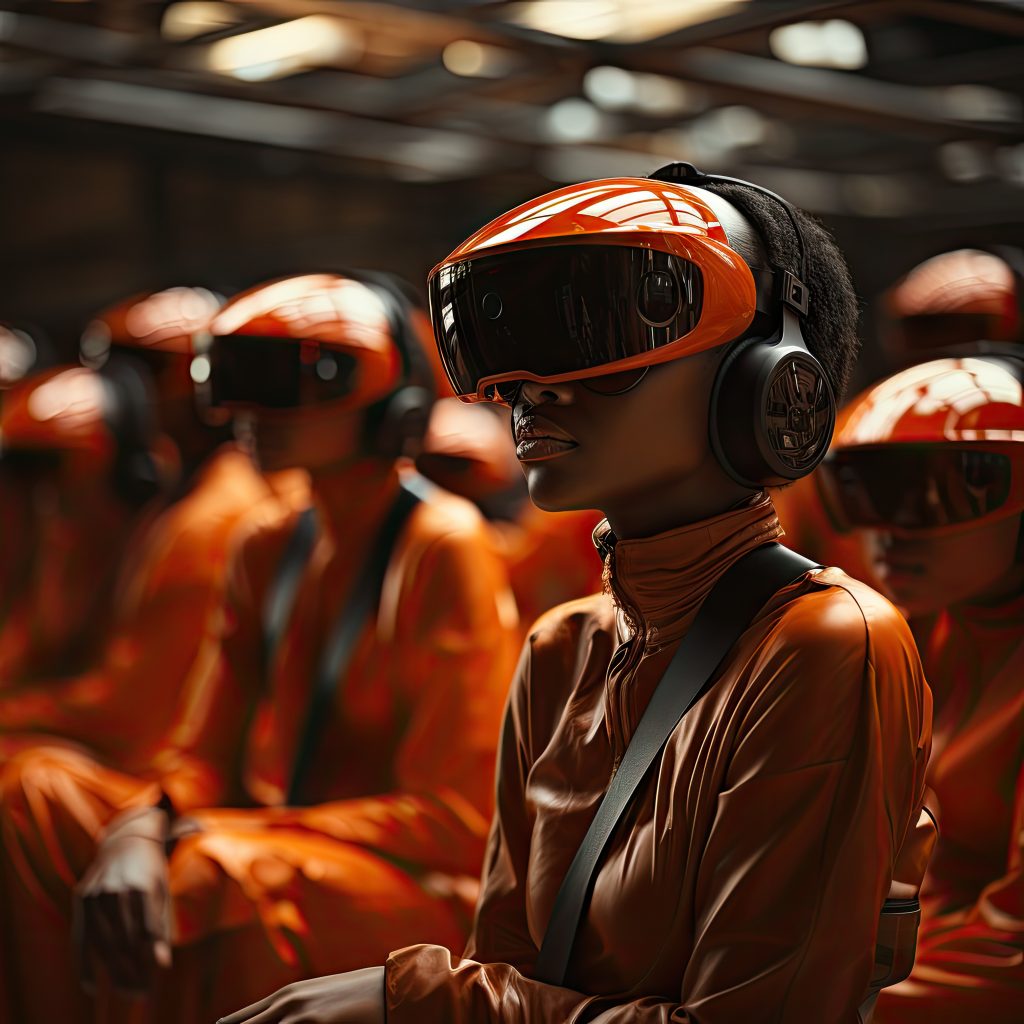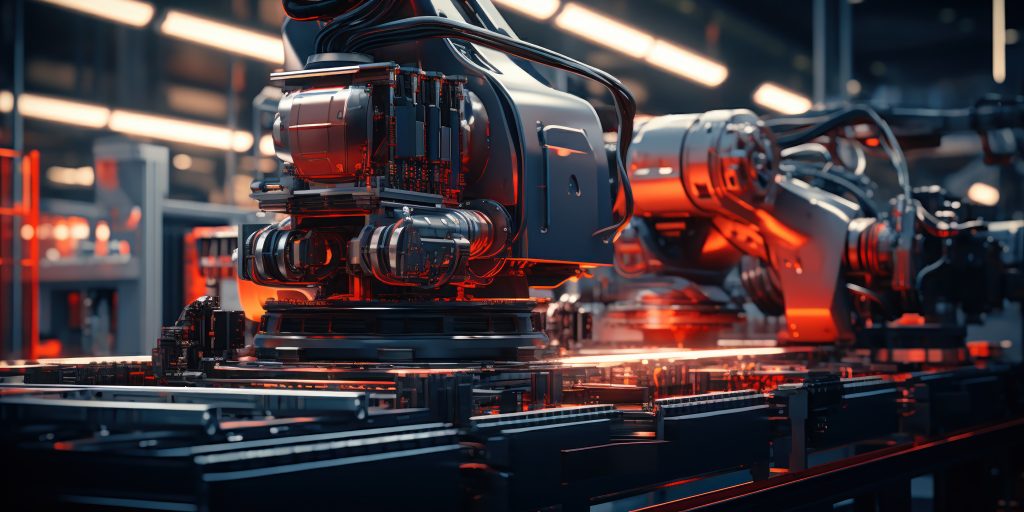In the rapidly evolving landscape of manufacturing, staying competitive and ahead of the technological curve is crucial for success. Digital Twins and Artificial Intelligence (AI), technologies that are reshaping the way we approach manufacturing. Understanding and leveraging these technologies can unlock unprecedented levels of efficiency, innovation, and improve production outcome while lowering costs.
Understanding Digital Twins in Manufacturing
A digital twin is a virtual replica of a physical object, space, process, or system. This concept extends beyond mere 3D modeling, encompassing a dynamic, real-time simulation that mirrors the actual state of its physical counterpart. When combined with AI, digital twins become not just a representation but an intelligent tool for analysis, prediction, and optimization. Let’s look at what it can do for your business.
Key Opportunities and Benefits of Digital Twins and AI
Enhanced Product Design and Development: Digital twins allow for the testing and refinement of product designs in a virtual environment, significantly reducing the need for physical prototypes. This results in faster development cycles, lower costs, and the ability to experiment with designs and materials in ways not possible in the physical world.
Predictive Maintenance and Downtime Reduction: By monitoring the real-time data of machinery, digital twins can predict when maintenance is required, reducing unplanned downtime. AI algorithms analyze this data, learning from patterns to foresee potential issues before they arise. It is much better to spot a potential problem in a simulation environment instead of after you have made the investment and it becomes a major hurdle.
Optimized Operational Efficiency: Digital twins enable manufacturers to simulate and analyze their entire production process. AI can then identify inefficiencies and suggest improvements, leading to streamlined operations and reduced waste.
Quality Control and Assurance: With AI’s ability to analyze vast datasets, combined with digital twin technology, manufacturers can achieve unprecedented levels of quality control. This technology can detect anomalies and deviations, ensuring products meet the required standards consistently. Not only maintain but improve your end product while shortening production times.
Customization and Flexibility: Digital twins facilitate a more agile manufacturing process. AI-driven analytics can help in customizing production runs, adjusting quickly to new requirements or changes in customer preferences without significant disruptions.
Supply Chain Optimization: AI-enhanced digital twins can model and analyze the entire supply chain, identifying bottlenecks and predicting future challenges. This comprehensive view enables more effective decision-making and risk management. The insights drawn from numerous data points are very difficult without implementing AI analysis.
Training and Employee Safety: Digital twins create a safe environment for training, allowing employees to gain experience with equipment and processes virtually. This not only enhances skill development but also reduces the risk of accidents and all the problems derived from that.
Sustainability and Environmental Compliance: By optimizing processes and reducing waste, digital twins and AI contribute to more sustainable manufacturing practices. They also assist in monitoring and ensuring compliance with environmental regulations, which is a growing topic and into the eyesight of major policy makers globally.
Market Responsiveness: Digital twins, combined with AI’s predictive capabilities, enable manufacturers to respond quickly to market changes and consumer trends, maintaining a competitive edge. Whether that means adding new hardware or software, or adapting processes to current needs, AI can help you understand and implement in a virtual environment first.
Implementation Challenges and Considerations
While the integration of digital twins and AI offers numerous advantages, its implementation is not without challenges. Concerns such as data security, cost of implementation, and the need for specialized skills must be addressed. Moreover, the success of these technologies depends on the quality and quantity of the data available, requiring robust data collection and management systems. All of those factors require that you find a reliable partner to assist you in the selection process and tools and technology, as well as help you build, train and maintain the solution after deployment.
The integration of digital twins and AI represents a transformative investment in the future of the industry. These technologies offer a comprehensive toolkit for enhancing every aspect of the manufacturing process, from design to delivery. By embracing digital twins and AI, manufacturers can not only improve their current operations but also pave the way for future innovations and sustainable growth.
Digital twins and AI are not just technologies; they are the building blocks of a smarter, more efficient, and more responsive manufacturing industry. Adopting these technologies is crucial to stay ahead in a rapidly evolving market. The opportunities they present are vast, and the time to act is now. Embrace this digital transformation and lead your organization into a new era of manufacturing excellence. Book a call to find out more.



